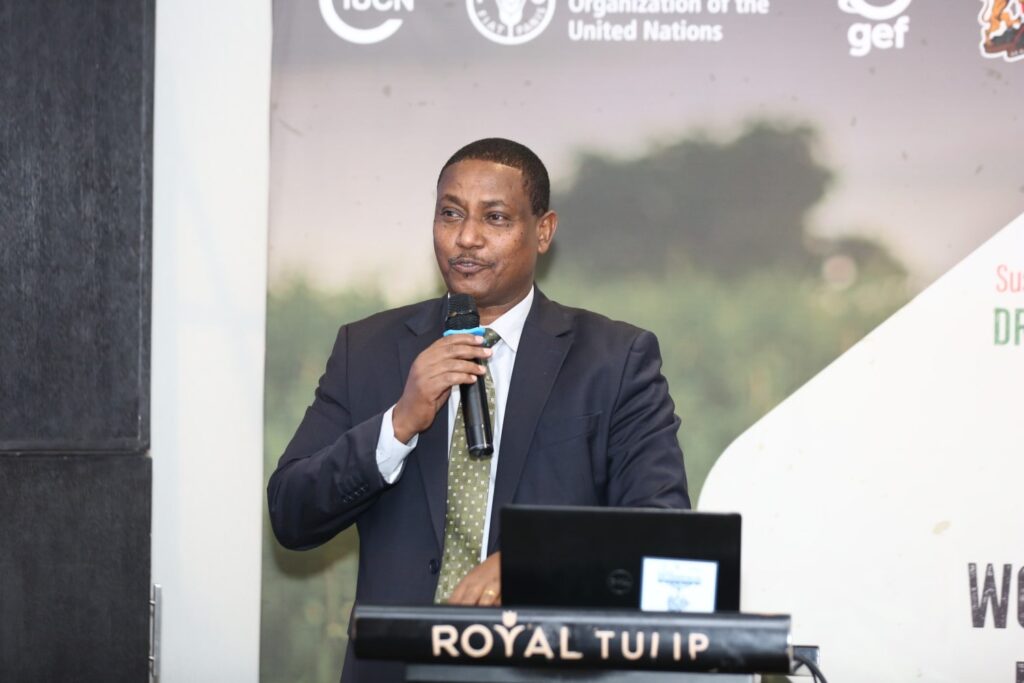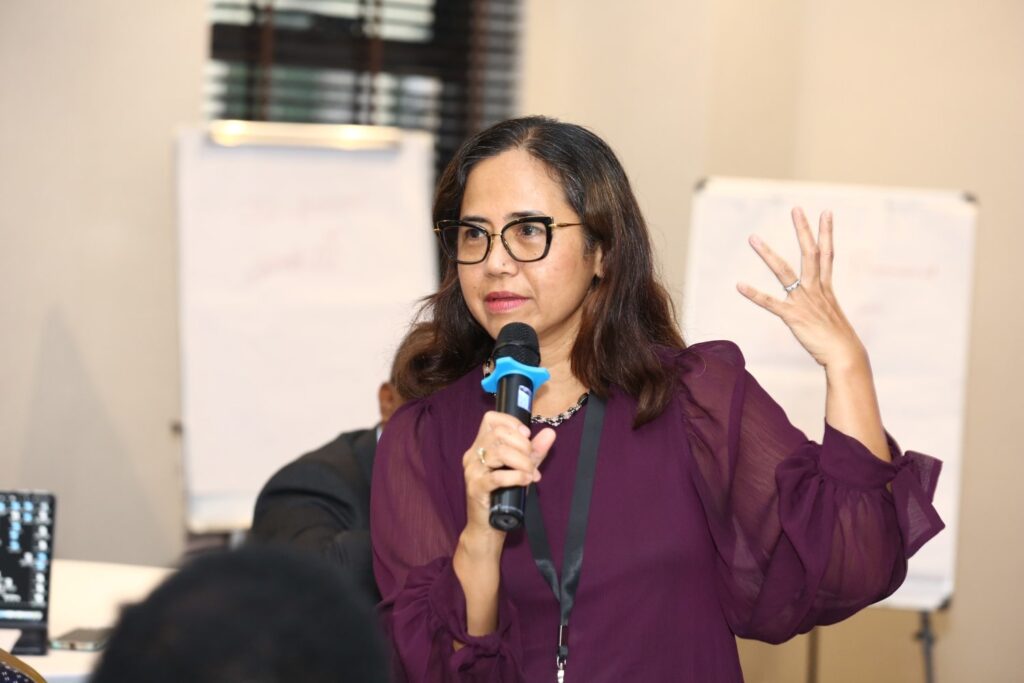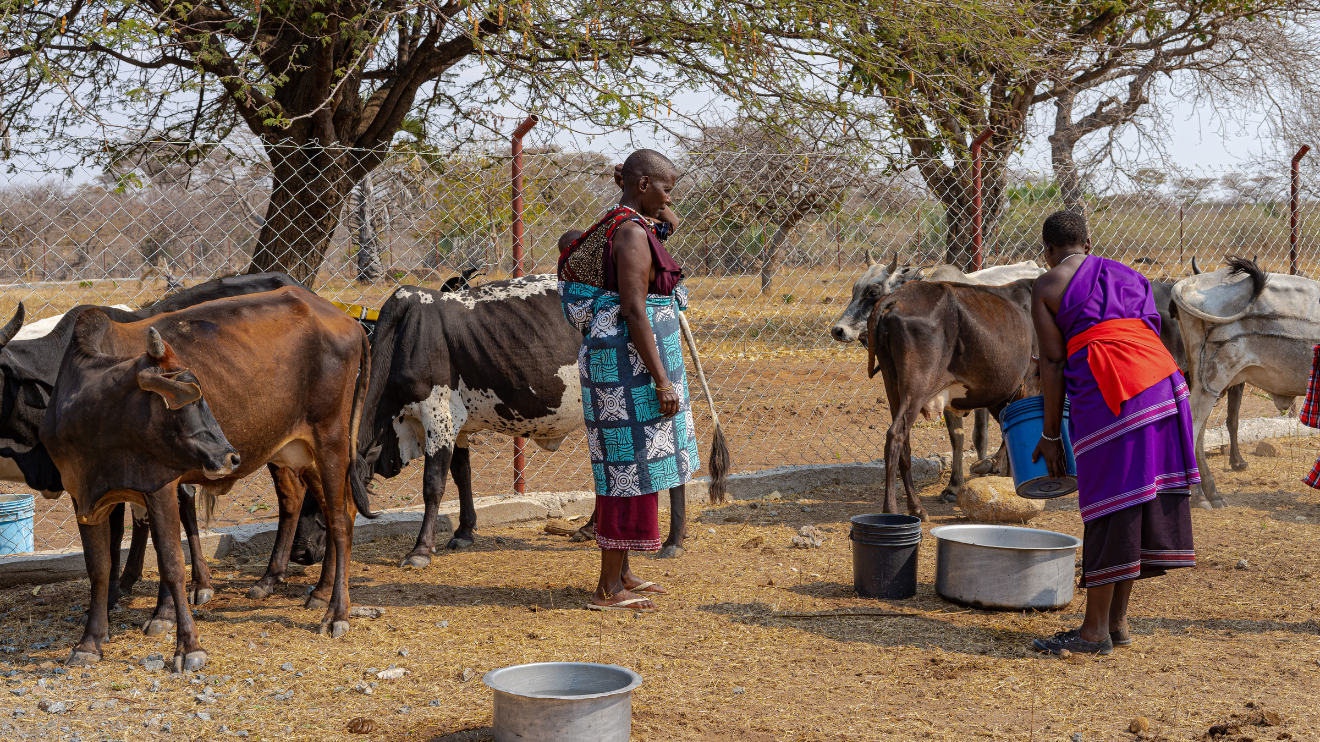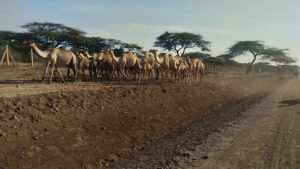In the arid lands of Kimana, Kajiado County, Naisiae Lomonyak, a 37-year-old mother of five, faces a stark dilemma. “The drought was a terrible time. We lost so many animals. There was nothing to eat,” she says, recalling the severe 2020-2022 drought that left families across Kenya’s drylands struggling to survive. In desperation, Naisiae turned to charcoal burning—a practice that offered short-term relief but had long-term environmental consequences.
Charcoal burning is common in the region, where deforestation is worsening land degradation and contributing to the very climate shifts that drive the practice. “I know it’s not good for the environment, but what else can I do?” Naisiae admits. Her story illustrates the tough choices women in drylands face, as they juggle environmental sustainability with the immediate need to provide for their families.

These trade-offs are a stark reflection of how climate change disproportionately affects women. Often responsible for household food security, women like Naisiae are vulnerable when crops fail and animals die. They walk long distances to find water and food, while their children face malnutrition. “Women and children suffer most in these circumstances,” says Leonard Tampushi, the National Project Coordinator at Kenya’s National Environment Management Authority (NEMA).
Recognizing the role of women as key drivers of change in these regions, gender-responsive approaches to dryland management are gaining traction. “By empowering women and ensuring their participation in decision-making processes, it is possible to create more sustainable and equitable solutions,” shares Boru Mamo, Director General of NEMA.
The involvement of women in environmental governance, however, remains limited. “Women’s involvement is not factored in from the project design,” explains Karen Elizabeth, Gender Policy Officer at the United Nations Convention to Combat Desertification (UNCCD). She highlights that excluding women from environmental projects is both a justice and human rights issue, often leaving their unique needs unaddressed.


To address this, programs like the Dryland Sustainable Landscapes Impact Program (DSL-IP) funded by the Global Environment Facility (GEF) are working towards gender equity in environmental restoration efforts. “We are focusing on gender-responsiveness and the empowerment of women,” says Verona Collantes, a senior gender specialist at GEF. The program, which operates in 11 countries, including Kenya, promotes sustainable land use, restoration, and rehabilitation, with a particular focus on empowering women to lead the way.
In Kenya, the four-year project led by NEMA is targeting Kajiado and Narok counties, areas devastated by the recent drought. The initiative aims to strengthen forest management, restore degraded lands, and invest in community infrastructure such as boreholes and tree nurseries. The project also emphasizes behavioral change and community-led environmental conservation, particularly through initiatives like the grass bank, which helps pastoralists restore grazing lands by contributing and sharing grass seeds.
“We are training farmers, particularly women, to plant and harvest grass seeds. Once mature, the grass can be used during dry seasons,” says Tampushi. This solution, alongside others like improved forest management, offers a way to restore the environment without sacrificing livelihoods.
Yet, challenges remain. “There are many good policies but very little on the ground,” cautions Collantes, emphasizing the need for stronger linkages between global, regional, and national programs. Kenya aims to restore 10 million hectares by 2030, but as Tampushi notes, county governments must deploy extension officers to ensure implementation at the village level.
For women like Naisiae, the goal is clear: “We need to find ways to live in harmony with the land, without sacrificing our livelihoods,” she says. Her story, and that of countless others, underscores the urgent need for inclusive and sustainable solutions to the climate challenges facing Kenya’s drylands.



